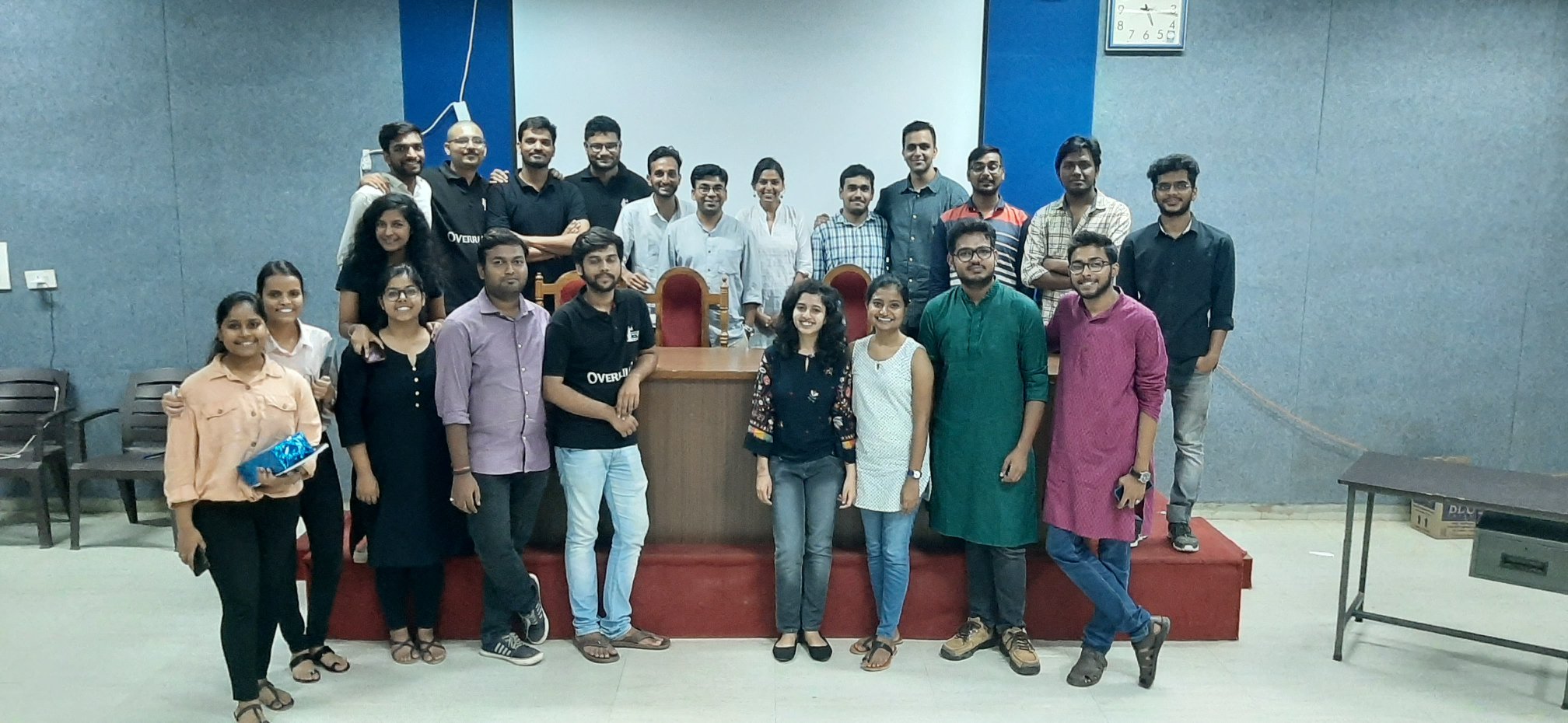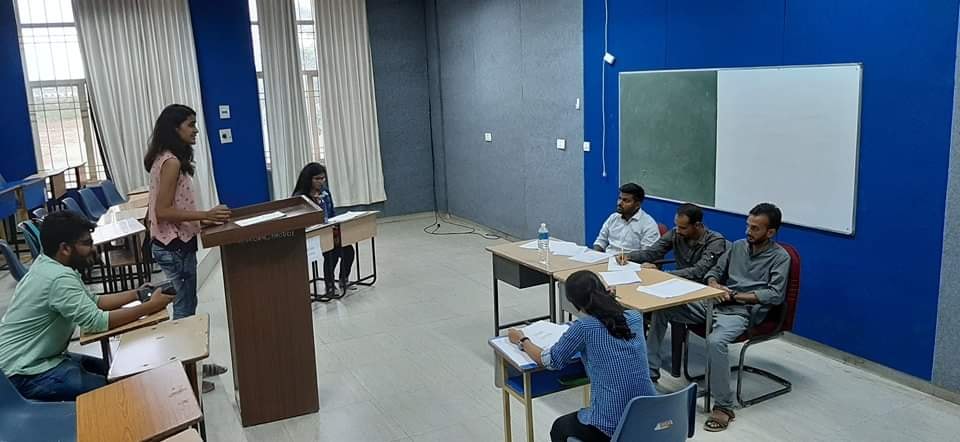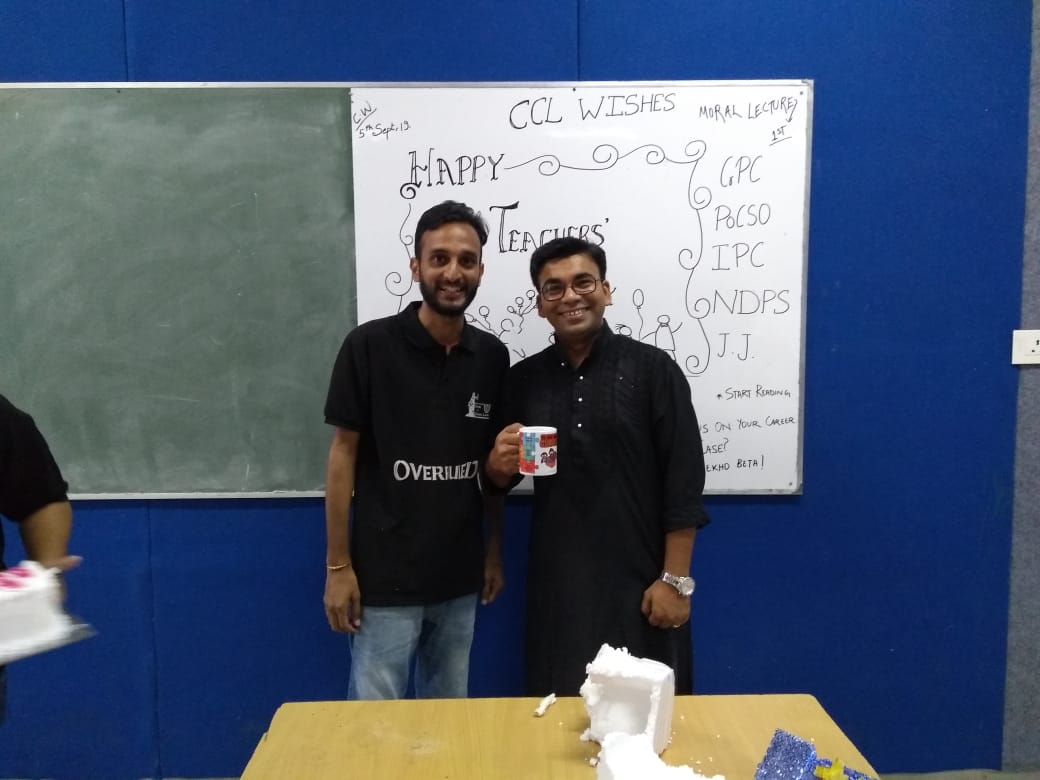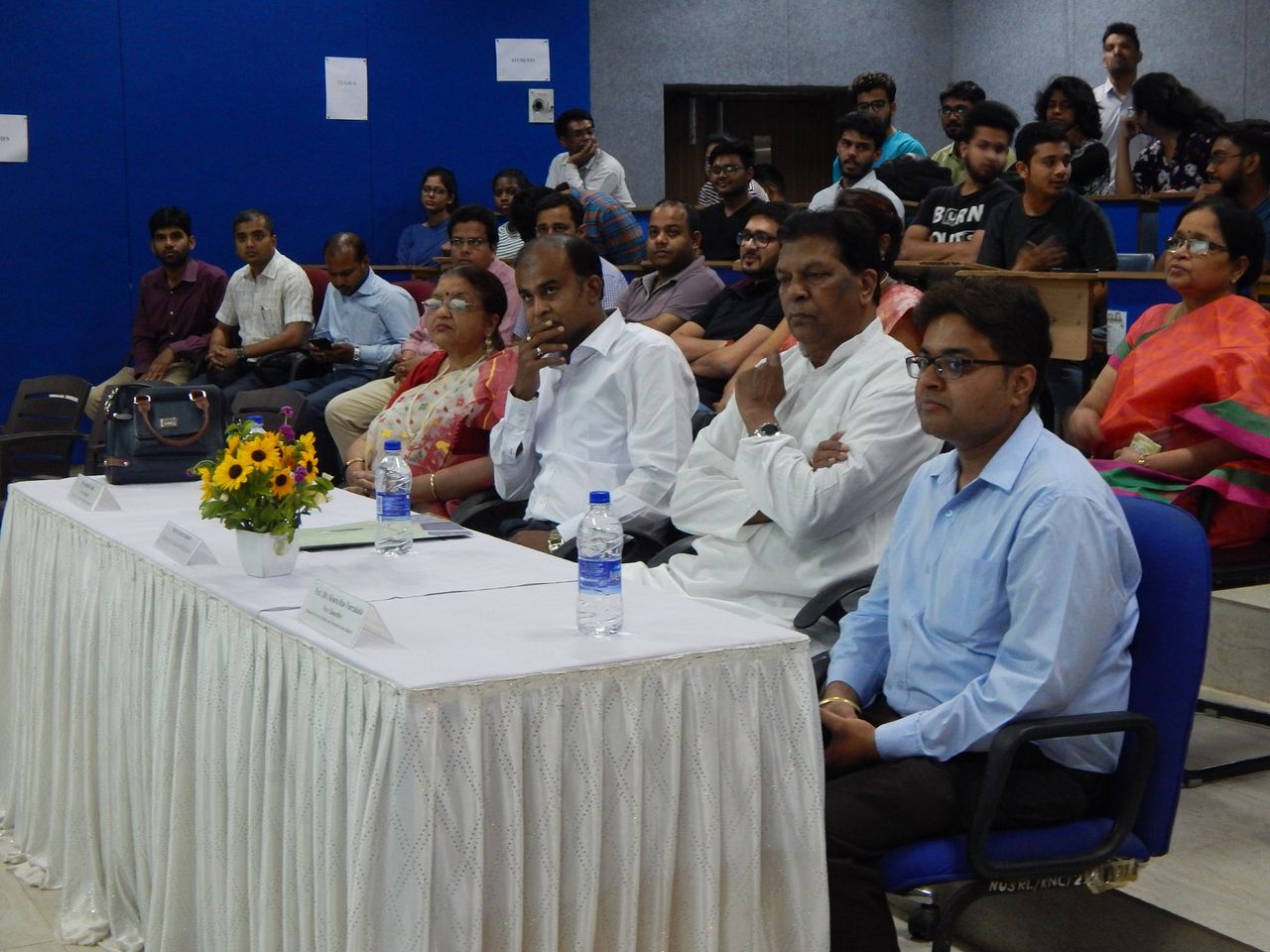Author: Shubh Sharma, a student at Symbiosis Law School, Pune.
George Bernard Shaw said, “He is a barbarian and thinks that the customs of his tribe and island are the laws of nature.”
Introduction
All practises involving partial or complete removal of the external female genitalia or other harm to the female genital organs for non-medical reasons are referred to as female genital mutilation (FGM). While it is typically performed on girls between the ages of 1 and 15, married ladies and adult women are also occasionally exposed to this operation. FGM/C was divided into four kinds in a joint statement from the WHO, UNICEF, and UNFPA on the subject depending on the severity and extent of the cutting.
A Global Perspective
FGM violates the human rights of women as well as children because of its nature and effects. It violates the rights to health, to life as well as physical integrity, to protection from cruel or unusual punishment, and abuse.
Numerous international human rights conventions ensure freedom from gender discrimination. The right to life is protected by a variety of international agreements, including Article 6(1) of the ICCPR, Article 3 of the UDHR, and Article 6 of the UNCRC. It is regarded as a fundamental human right and is outlined in Article 1 of the 1979 Convention on the Elimination of All Forms of Discrimination Against Women (CEDAW).
The intrinsic dignity of the individual, the right to liberty and security of the person, and the right to privacy are all covered by the right to physical integrity, which is frequently related with the right to be free from abuse.
A variety of regional and international documents, in particular Article 25 of the UDHR, enshrine the right to the best achievable level of physical as well as mental health. Additionally, according to Article 12 of the ICESCR, every State party to the Covenant acknowledges that everyone has a constitutional right to the enjoyment of the best attainable quality of physical as well as mental health.
Major Concerns Regarding FGM
The following are some of the crucial factors and issues brought up in this regard:
FGM is performed in secret; it is a crime specific to women, and the majority of “victims” are young girls; it is typically decided to perform the procedure by older women in the girl’s family (such as her mother, grandmother, or aunts); it is important to consider the roles of medical practitioners, traditional healers, and community and religious leaders.
Given that this operation would have been performed when the “aggrieved woman” was a child or minor, there should be a time limit on when she can file a legal complaint. Other considerations include the obligation to report; the detriments of defending FGM as a “religious practise”; the urgent need to raise awareness about the practise in the community, schools, and universities; and the requirement for preventative measures.
People with disabilities are those who have long-term mental, physical, intellectual, or functional limitations that, in combination with other impediments, may prevent them from fully and effectively participating in society on an equal footing with others, according to the United Nations Convention on the Rights of Persons with Disabilities, 2006 (Article 1).
Indian Legislative Framework
The Indian Penal Code, 1860 addresses several types of violence against women in India. Being a criminal law, the emphasis is on punishing the accused or offender. IPC sections 319 through 326 deal with minor injuries and severe injuries. The WHO reports that excessive bleeding (haemorrhage), genital tissue swelling, tissue repair issues, injury to surrounding genital tissue, astonishment, and death are among the immediate complications of FGM, while other long-term effects incorporate urinary problems, vaginal difficulties, menstrual problems, sexual problems, etc. and as a result, those who perform FGM may face charges under the IPC.
For example, “voluntarily causing injury” and “voluntarily causing grave hurt” are both punishable by imprisonment and fines under Sections 324 and 326 of the Indian Penal Code, respectively.
The insertion of any object into the girl’s vagina is one of the definitions of penetrative sexual assault in Section 3 of the Protection of Children from Sexual Offences Act, 2012 (POCSO Act), which addresses sexual assault on children.
It has long been established that sexual offenses don’t always require full penetration. In reality, the term “vagina” explicitly covers the labia majora in Section 375 of the IPC’s Explanation 1. FGM, which involves inserting a sharp object into a child’s vagina, may be covered by Section 3 of the POCSO Act when read in conjunction with Explanation 1 of Section 375 of the IPC.
According to Section 2(y)(i) of the Goa Children’s Act of 2003 (GC Act), “Sexual assault” is defined as “various sorts of intercourse; vaginal or oral or anal, use of items with children, and “deliberately injuring the sexual organs of children….” FGM may be charged under any of these statutes according on the facts and circumstances.
The National Policy for Children, 2013 (NPC) acknowledges and prioritizes children’s fundamental rights to health, survival, growth, and protection. The NPC acknowledges that “a safe, secure, and protective environment is a prerequisite for the fulfillment of the other rights of children” with respect to protection
The Ministry of Women and Child Development launched the federally funded Integrated Child Protection Scheme (ICPS) in 2009 with the goal of establishing an effective protective system for young children who are at risk.
As a form of “hurt or grievous hurt” under the IPC as well as a crime under Section 3 of the POCSO Act when performed with a cutting tool, FGM may be addressed under the current legislation of sexual assault, child sexual abuse, and domestic violence. However, addressing this practice calls for a more comprehensive strategy.
FGM: Not An Essential Religious Practice
FGM is a practise that is frequently connected to a rite that celebrates femininity initiation and coming of age in many different cultures. The practice was determined to be primarily motivated by religious requirements, tradition, custom, and the desire to limit the girl’s libido in a study of Dawoodi Bohra women. It is common to use the protection of women from sexual cravings and community freedoms of religion as justifications for FGM. The Indian Constitution’s Articles 25 and 26 protect the freedom to practice any religion and to conduct religious matters.
The individual’s freedom of religion as protected by Article 25. However, these rights, especially the fundamental rights to equality and to be free from sex-based discrimination as provided by Articles 14 and 15, are subject to the restrictions of Part III of the Indian Constitution. Such liberty must also be balanced against public morals, health, as well as order.
In Anuj Garg v. Hotel Association, the Supreme Court rejected the gender-stereotypical arguments that the aforementioned legislation was necessary to ensure the “security” of women. Section 30 of the Punjab Excise Act forbade the employment of any man under the age of 25 as well as any woman in any part of an institution where alcohol or another intoxicant drug was being consumed.
Recommendations
It is advised that the government, along with community and religious leaders, adopt appropriate measures to promote prevention and awareness. The following actions could be taken in this regard:
On the basis of an integrated framework addressing gender-based discrimination, the law should place a priority on prevention efforts to protect girls and women from FGM/C. The State should also raise knowledge of the detrimental effects of the practise and the legal options that are available.
• The law needs to permit participation of the working population in the examination, enactment, and formulation of policies.
• The law needs to be extensively disseminated, kid-friendly, and translated into the relevant regional languages.
• The Syedna should be requested to pass Jamaat resolutions condemning the practise of FGM and urging the community members to stop performing FGM throughout the nation.
Since parents are typically the ones that take their daughters to cutters for FGM in the Bohra community, they should be the first group of offenders that may be held accountable.
The second group of offenders who might be held accountable should be “conventional cutters,” or in certain cases, “medical professionals,” because they are the ones who perform the process most frequently. Furthermore, since the procedure is carried out primarily with the support, counsel, and direction of the religious and community leaders, their contribution should also not be discounted. Additionally, it should be illegal to spread this behavior.
Therefore, it is advised that:
• Anyone should be able to inform a recognised agency, which might be an accredited NGO, of a prospective FGM or a completed event of FGM. Such an accredited NGO need to have the ability to file a civil lawsuit seeking an injunction prohibiting the commission of any FGM act(s).
• In the event of a FGM incident, the relevant authorities must launch an inquiry. If the proper authorities or law enforcement agency do not take action after receiving notice from the NGO to start prosecution, the accredited NGO may seek legal recourse in court.
Anyone who performs FGM or causes FGM to be performed should face severe punishment. The exception, however, should mention performing such a surgery on a person in labor by a licensed medical professional or as part of a surgical procedure necessary for the girl’s physical or mental health.
• Anyone who encourages, counsels, or encourages a child or woman to undergo such a surgery shall also face consequences. This would also include individuals that support and approve of the practice in the neighborhood.
Conclusion
Despite the fact that cutting has been shown above that Indian law has certain mechanisms for taking legal action against any type of harm, FGM are not specifically mentioned in our legislation, and the practise is usually ignored. Additionally, it has been seen on a global scale that it is essential to establish a specialized legislation addressing the issue, one that covers not only prosecution but also prevention, education, raising public awareness, alleviation, and rehabilitation. The debate in this article thus proves conclusively that a separate legislation on FGM is required for identical reasons, namely, to expose the issue and confront it as a damaging criminal behaviour and not as a legitimate religious practise.







Leave a comment